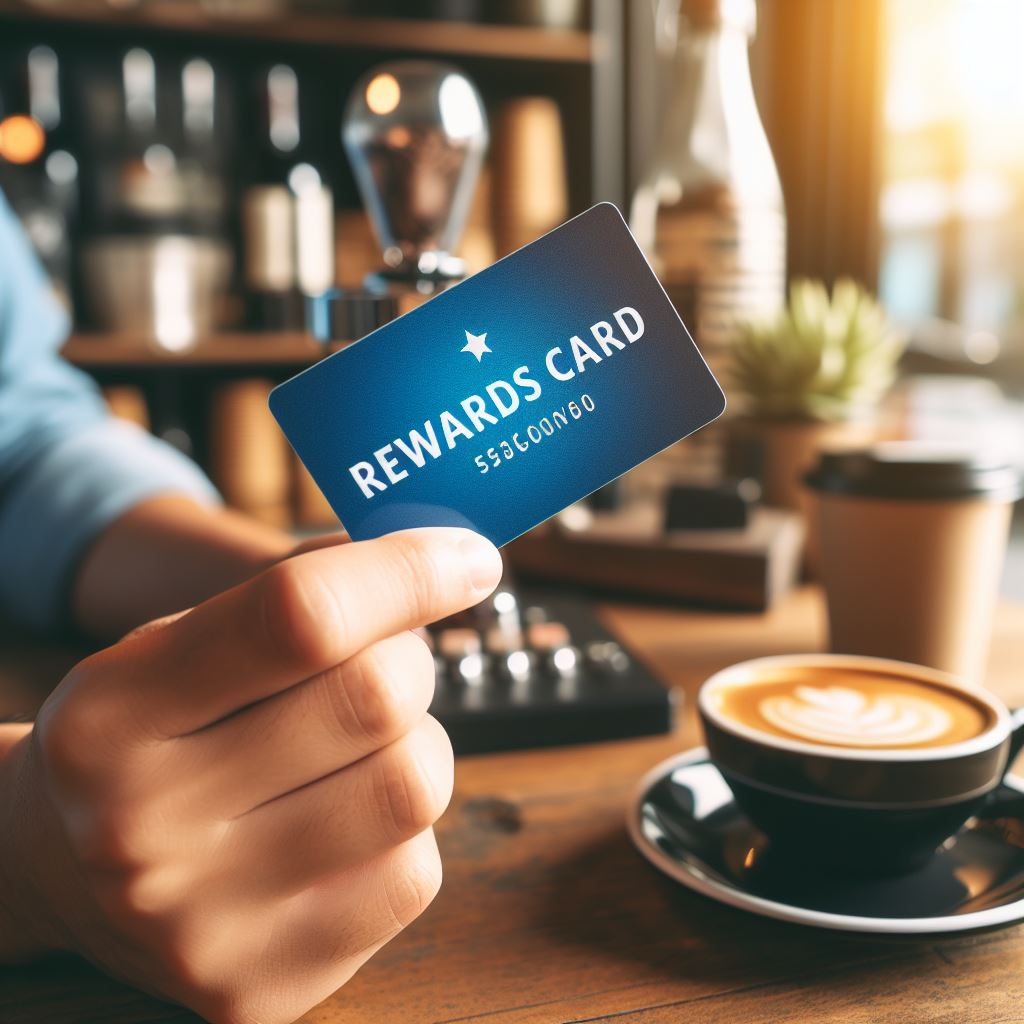
Loyalty cards and reward programs are effective marketing strategies that aim to increase customer loyalty and retention. Offering customers various benefits and rewards, such as discounts, cash back, points, or freebies, loyalty cards, and reward programs, encourage customers to shop more frequently and spend more at certain online stores or businesses.This can increase customer satisfaction, engagement, and lifetime value, reducing acquisition costs and slow seasons.
However, by signing up for these loyalty programs, customers often share their personal information, such as their name, email, address, phone number, or date of birth, with the store or the third-party company that manages the program. This information can be used to track their shopping habits, preferences, and spending patterns and to send them personalized offers, advertisements, or surveys.
Some of this information may also be shared or sold to other businesses or partners, which can increase their exposure to spam, phishing, or identity theft. Moreover, loyalty cards and reward programs can be vulnerable to data breaches or cyberattacks, which can expose or steal customers’ information and credit or debit card information linked to their loyalty cards or reward programs. This can lead to fraud, unauthorized purchases or transactions, or even synthetic identity creation.
The Temptation of Discounts
“Get 10% off your next purchase!” The allure of discounts is hard to resist. Whether it’s your favorite coffee shop, grocery store, or clothing brand, loyalty cards promise immediate gratification. Swipe, scan, or tap, and voilà! You’ve shaved a few dollars off your bill. But what’s the actual cost?
The Price of Personal Data
1. Tracking Your Every Move
Loyalty cards are like digital breadcrumbs. They follow you from aisle to aisle, noting your preferences, purchase history, and the time of day you shop. Retailers analyze this data to create detailed profiles. Suddenly, your love for organic produce and late-night snack runs becomes part of a larger narrative—a story they can sell to advertisers.
2. The Privacy Paradox
We willingly surrender our data for discounts, blissfully unaware of the implications. The paradox lies in this: We guard our physical wallets but fling open the doors to our digital lives. Our shopping habits, dietary choices, and brand loyalties are laid bare. And while we save a few bucks, our privacy slips through the cracks.
3. The Third-Party Tango
Ever wonder why you receive eerily relevant ads? It’s not magic; it’s data sharing. Loyalty programs often collaborate with third parties—marketing firms, credit card companies, and data brokers. Your loyalty card details become currency, exchanged for targeted ads. Suddenly, that personalized coupon feels less like a gift and more like a transaction.
Navigating the Maze
So, how do we navigate this maze of discounts and data? Here are a few tips:
- Opt for Anonymity: Use a secondary email address and a pseudonym when signing up for loyalty programs. Keep your real identity under wraps.
- Read the Fine Print: Those tiny font sizes matter. Understand what data you’re sharing and how it’s used. Knowledge is power.
- Limit Your Loyalties: Do you need ten loyalty cards? Be selective. Choose the ones that truly benefit you.
Conclusion
Next time you reach for that loyalty card, pause. Consider the trade-off. Is the discount worth the digital breadcrumbs you leave behind? Perhaps, sometimes, paying the total price is the real bargain—for your privacy.
Remember, in the grand theater of discounts and data, you’re both the audience and the star. Choose your role wisely.
Leave a Reply